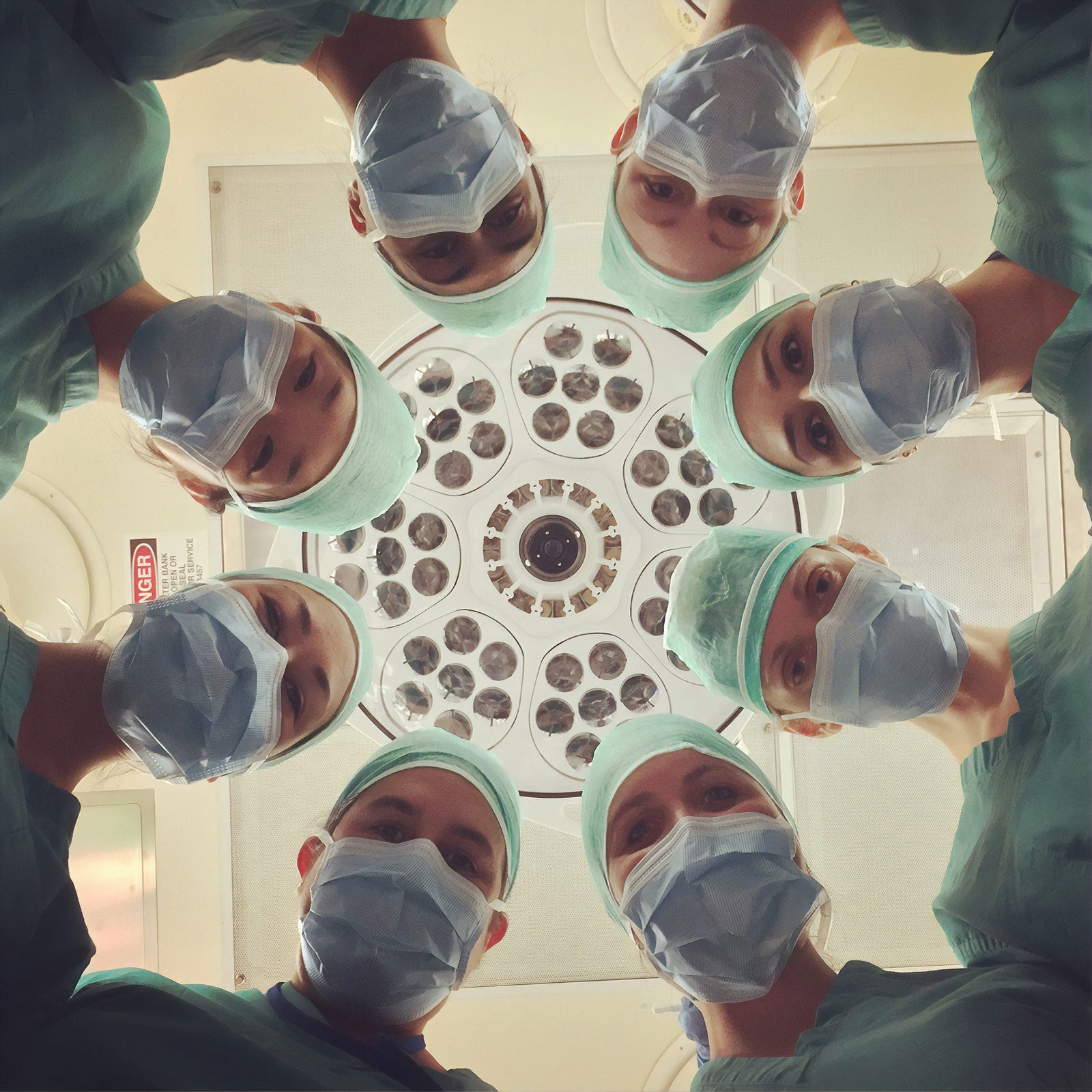ONE OF THE HOTTEST CELEBRITY TRENDS is not an Hermes handbag or some other crazy expensive accessory. Stars are flocking to whole-body MRI scans through a company called Prenuvo.
Master influencer Kim Kardashian donning hospital garb before a powerful magnetic resonance imaging machine? Check.
Actress and television host Maria Menounos had unexplained pain for months. Maria decided to get a Prenuvo scan to investigate the issue further.

The bottom line? Menounos had an early pancreas neuroendocrine tumor, a rare form of pancreas cancer. Fortunately, she has a good prognosis after she had a resection of the tumor (and parts of her pancreas), spleen, and 17 nearby lymph nodes.
But should you and I consider a full-body MRI? Today, we’ll examine the debate over full-body MRIs (and their risks).
MRI
How does a whole-body MRI work?

The device uses radio waves and extraordinarily strong magnetic fields to scan the body. The technologist obtains detailed images from the subject’s head to toe.
The image acquisition can take 40 to 60 minutes and can identify inflammation, cancer, or other concerning growths in the body.
MRI — Details
I cannot resist releasing a bit of my inner nerd. Let’s look at how MRIs work in more detail.
First, the strong magnetic field created by the MRI scanner leads to your body’s atoms aligning in the same direction.
Second, the machine sends radio waves to move these atoms out of their original position. As the radio waves are turned off, the atoms return to their original position and release radio waves.
Finally, a computer converts these radio waves into an image of the examined body part. The radiologist can view the images on a viewing monitor.
Because the scan does not use ionizing radiation, there is no radiation exposure risk with an MRI.
Should you have an MRI?
You will not be surprised that Maria Menounos’ experience has made her a strong advocate for full-body MRI.
“I’m working diligently to get this covered by insurance for people and it’s my mission,” Menounos said in an interview with TODAY. “I’m going to get it covered for everyone to have an annual scan because it just makes sense.”

However, radiologists are more skeptical of whole-body MRI for screening. Listen to Zhen Jane Wang, MD, chief of abdominal imaging at the University of California San Francisco (USA) Department of Radiology and Biomedical Imaging:
“There’s really no evidence-based findings to show that full-body MRI in a larger population will save lives.”
MRI price
Let’s start with the costs. As of 13 January 2024, a whole-body MRI with Prenuvo costs US $2499.

Do you only want the head and torso? That will set you back US $1799.
Finally, a torso-only (without additional dedicated prostate-focused imaging) MRI scan is US $999.
In the United States, the odds that your health insurance will cover the cost are greater for those with a genetic predisposition.
MRI risks
One of the biddest problems with MRIs is that they are sensitive enough to pick up subtle abnormalities that can only be clarified with additional tests. We may discover that a growth is benign (not cancer).
These added tests can lead to
- radiation exposure (for example, if a CT scan is needed to direct a biopsy needle)
- infections
- pain
- psychological distress
- financial issues.

In addition, the test may find a cancer that was so indolent that the patient would not have ever known it was there. With a cancer diagnosis, treatment we often offer treatment. I call these “incidentalomas.”
Final thoughts — Full-Body MRI
On the other hand, the test may save your life.
However, we should discuss wonderful stories such as that of Maria Menounos in the context of the risks I described.
Plus, given her symptoms, an MRI scan directed at the abdomen would have discovered the problem.
I am particularly intrigued with the idea of using full-body MRI scans for those who are at high risk for cancer. For example, those with particular genetic disorders might be good candidates.
The average person would benefit from a full-body MRI less than 0.1 percent of the time, under one in 1,000. Still, it might save your life. For me, I’ll wait for higher-level evidence of efficacy.
Thank you for reading “Full-Body MRI.”




